CERTIFIED FOR EXCELLENCE
Leaders in CNC Component Manufacturing.


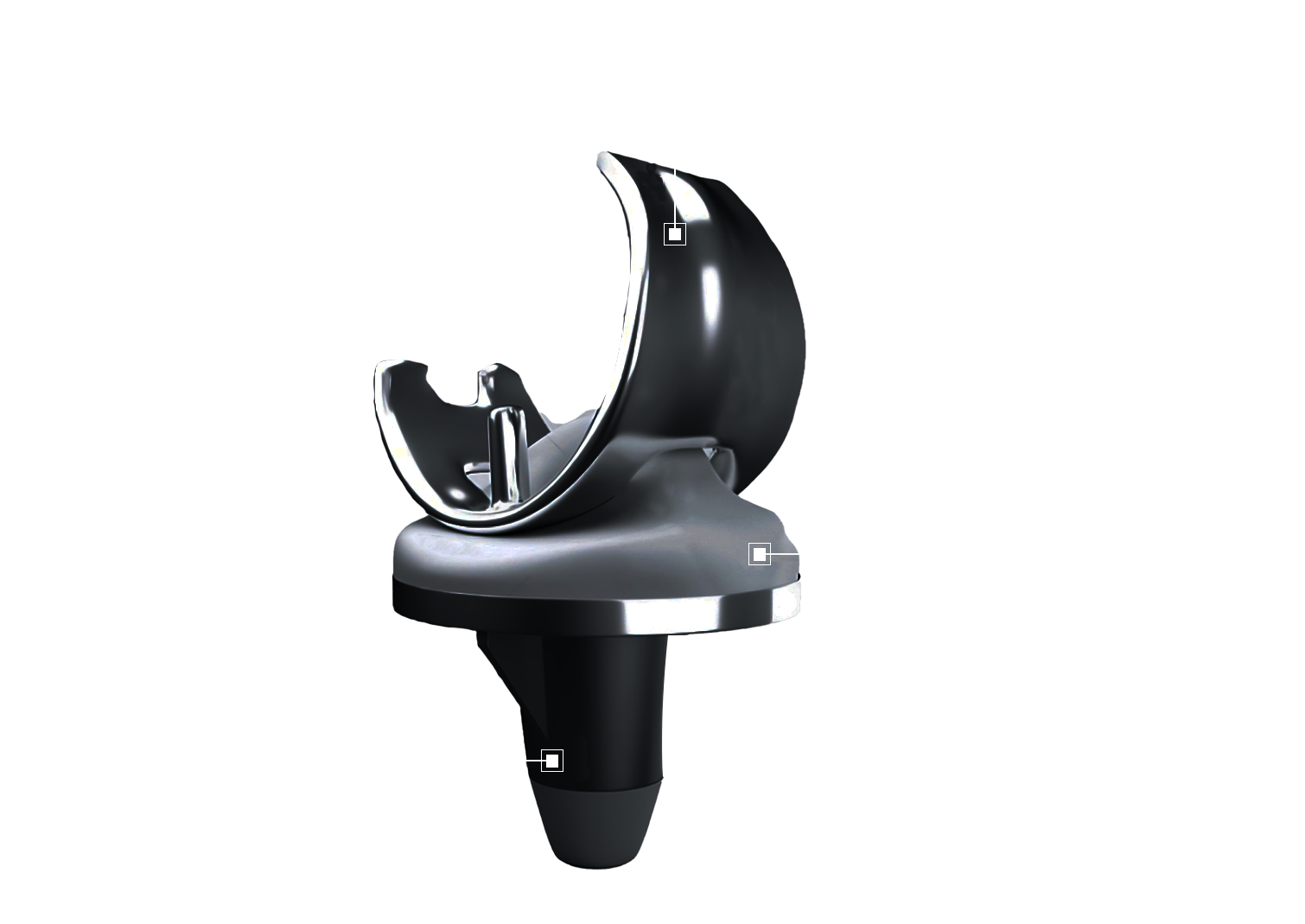


Please fill out the form below andwe will get back to you pronto!
Please fill out the form below andwe will get back to you pronto!
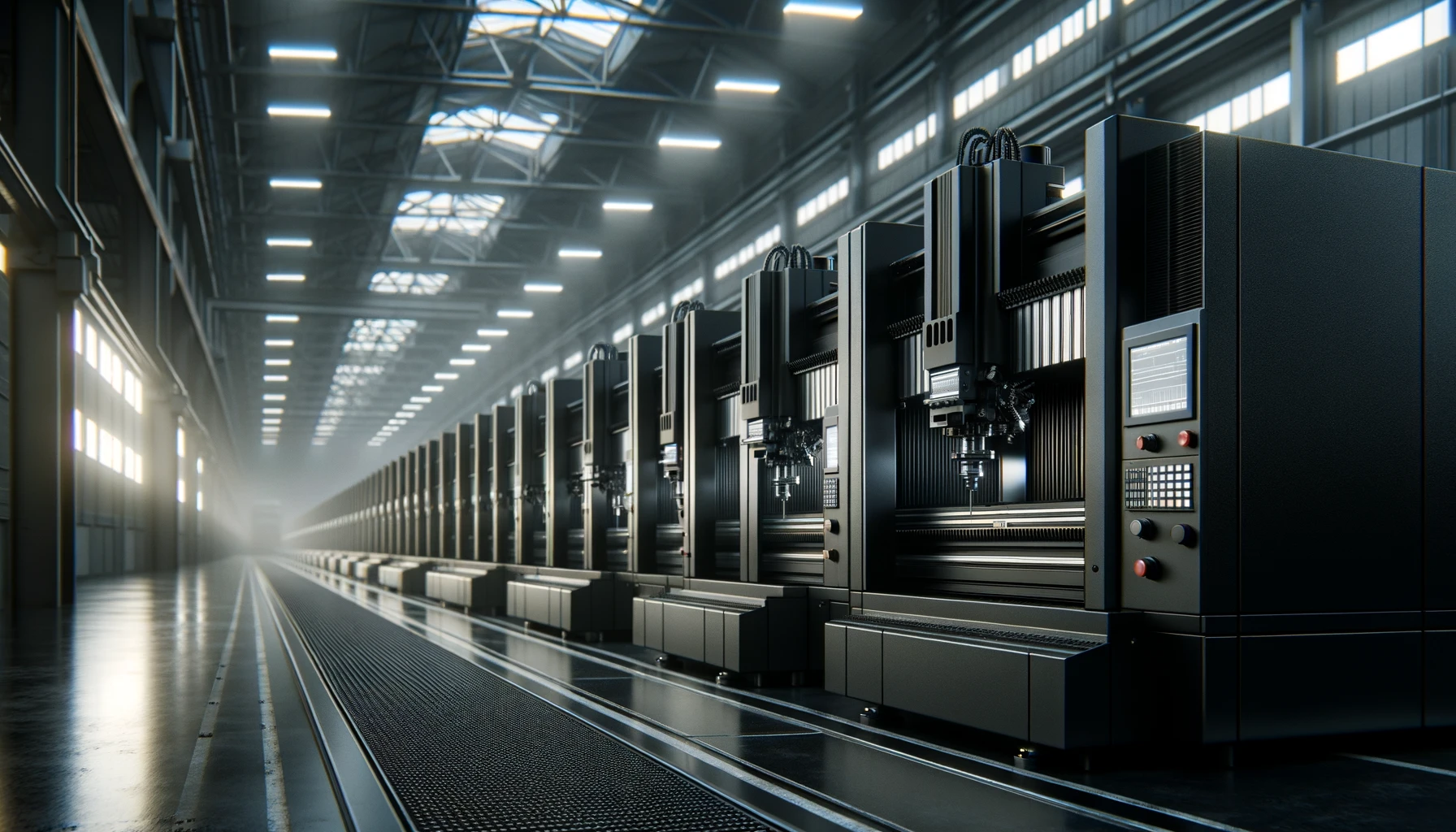
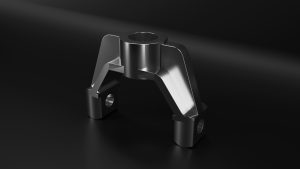
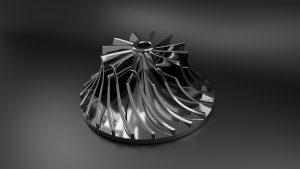
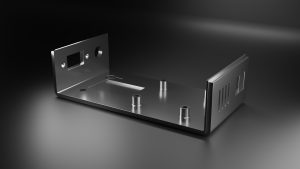
Views: 41
Please fill out the form below andwe will get back to you pronto!
Please fill out the form below andwe will get back to you pronto!
Please fill out the form below andwe will get back to you pronto!
Please fill out the form below andwe will get back to you pronto!
Join our Mailing List
Stay updated with all things Ethereal!